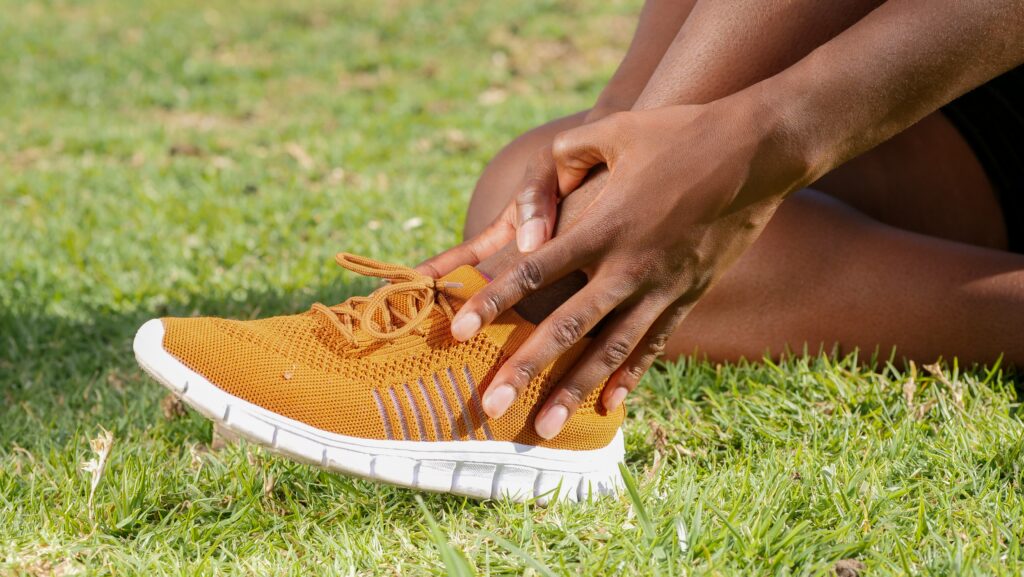Ankle X-rays are invaluable and important diagnostic tools that help healthcare professionals evaluate and diagnose a wide variety of ankle-related injuries and conditions. In this article we will provide essential insights regarding ankle x-rays, their importance and tips for interpreting the results accurately.
Importance of ankle imaging
Ankle imaging plays a crucial role in the field of orthopedics and general medicine. They are used to:
-
Diagnosing fractures: X-rays of the ankle are often used to detect fractures in the ankle bones. These images provide detailed views of the bones, helping healthcare providers determine the type and severity of fractures.
-
Assessing sprains and strains: X-rays can help assess the extent of damage to the ligament in cases of ankle sprains or strains. This information guides treatment decisions.
-
Detection of sprains: Ankle sprains, where the bones of the ankle joint are displaced, can be detected using X-rays. An accurate diagnosis is essential for a proper reorganization.
-
Identifying arthritis: X-rays of the ankle also help in diagnosing different forms of arthritis that affect the ankle joint. They reveal a narrowing of the joint space and changes in the bones.
-
Follow-up healing: After treatment, follow-up X-rays are used to monitor the healing progress of fractures or surgical procedures.
Tips for interpreting ankle photographs
Interpreting ankle X-rays requires expertise, but there are key elements that both healthcare professionals and patients can keep in mind:
-
Standard views: X-rays of the ankle usually include three standard views: anteroposterior (AP), lateral, and views. Each view offers unique information about the condition of the ankle.
-
Alignment: In the AP view, check for proper alignment of the bones. Misalignment can indicate a fracture or sprain.
-
Bone integrity: Look for fractures, visible fractures, or discontinuities in bones. Fractures may appear as hairline cracks or complete breaks.
-
Joint Spaces: In Mortise view, estimate the joint spaces between the tibia, fibula, and talus. Narrowed joint spaces can indicate arthritis.
-
Soft tissues: Check soft tissues around the ankle for swelling, which can indicate injury or inflammation.
-
Hardware: If the patient has had ankle surgery with hardware (such as screws or plates), make sure the hardware is positioned correctly and is not causing complications.
-
Comparison with the healthy ankle: If possible, compare the x-rays of the affected ankle with those of the healthy ankle. This can reveal inconsistencies in alignment and structure.
Summary
Ankle x-rays are fundamental in the diagnosis and evaluation of ankle injuries and conditions. They provide critical insights that guide treatment decisions, be it casts, surgery or rehabilitation. For accurate interpretation, it is essential to rely on the expertise of healthcare professionals who can detect even subtle abnormalities in the X-ray images.
Remember that the information provided here is for informational purposes and is not a substitute for professional medical advice. If you suspect an ankle injury, seek immediate medical attention from a qualified healthcare provider.
Common questions
-
Do ankle x-rays hurt?
The ankle x-rays themselves are not painful. However, if you have an ankle injury, the positioning process for the X-ray may cause some discomfort.
-
How long does it take to get the results of an ankle scan?
Delivery time for results depends on the health institution. In many cases, the results are available within a short period of time.
-
Are there any risks associated with ankle shots?
Ankle x-rays involve a minimal amount of radiation, which is generally considered safe. The benefits of diagnosis and treatment far outweigh the minimal risks.
-
Can children do ankle scans?
Yes, ankle X-rays can be taken in children, but healthcare providers take extra precautions to minimize radiation exposure. It is generally safe and useful for diagnosing ankle injuries in children.

